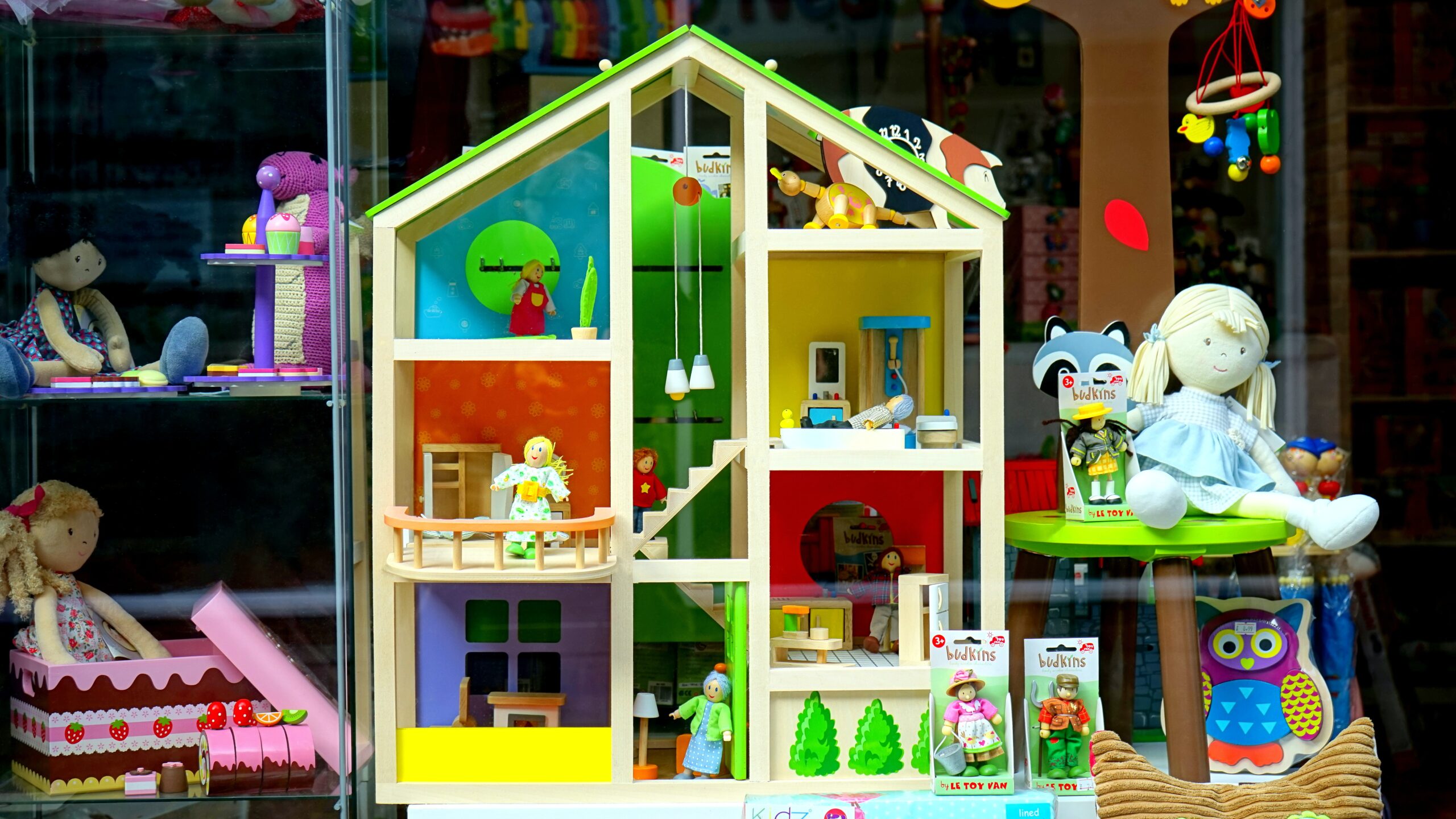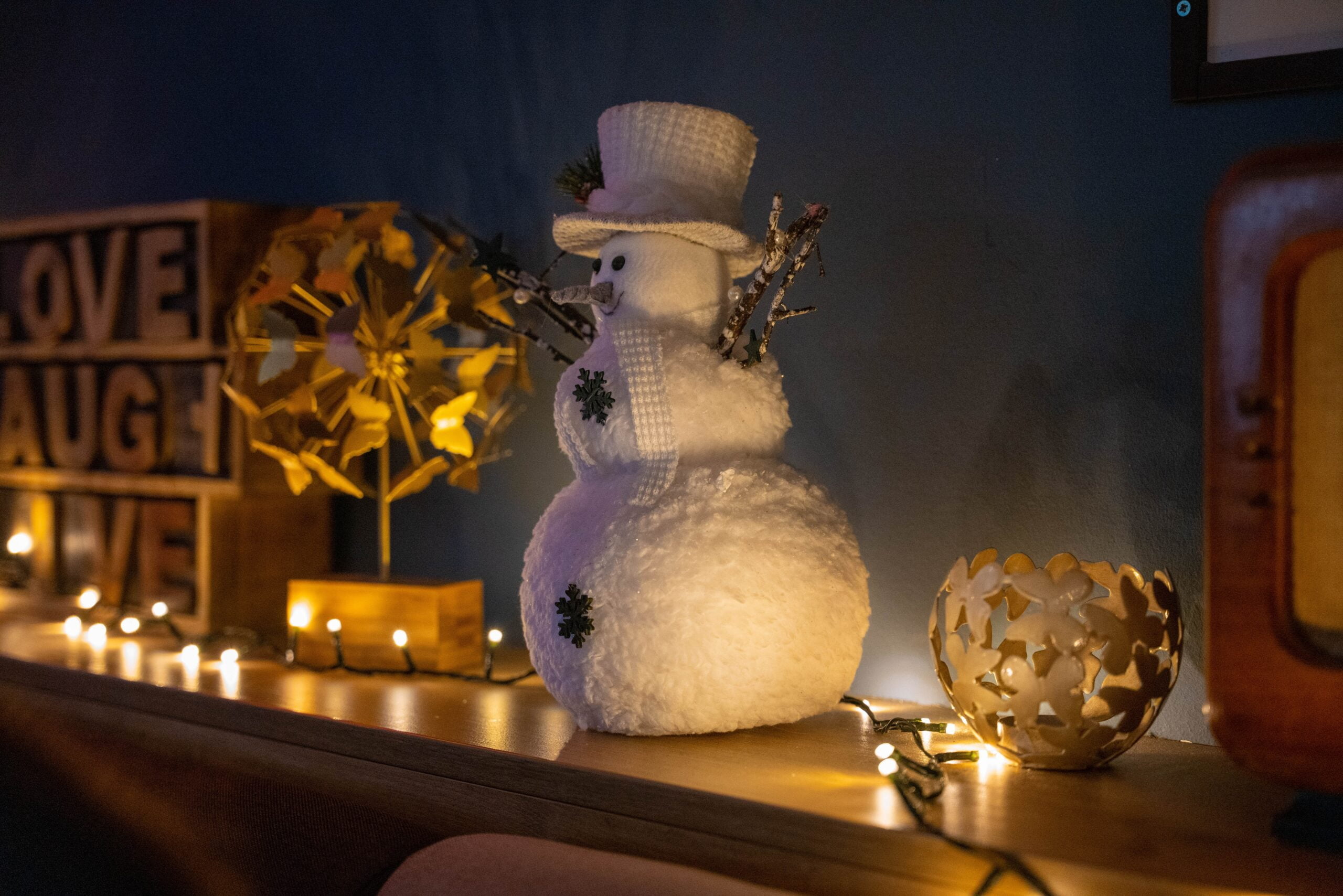No products in the cart.
All Blogs
Decluttering Toys: Unlocking the Secret to Letting Go without Feeling Guilty
Decluttering toys can be a daunting task, especially for parents who feel guilty about getting rid of their children’s belongings. However, it is important to remember that decluttering can have numerous benefits, including reduced stress levels and a more organized living space. To make the process less overwhelming, it is helpful to start by sorting toys into categories, such as keep, donate, or discard.
When deciding what to keep, consider the toy’s condition, how often it is played with, and whether it brings joy to your child. By approaching decluttering with a practical and mindful mindset, you can create a more peaceful and enjoyable home environment for your family.
The Psychological Benefits of Decluttering Toys: How Letting Go Can Bring Peace of Mind
If you have ever looked around your home and felt overwhelmed by the amount of toys cluttering up the space, you are not alone. As parents, we often struggle with the guilt associated with getting rid of our children’s belongings. However, the act of decluttering toys can have significant psychological benefits and bring a sense of peace to our homes.
One of the primary psychological benefits of decluttering toys is reduced stress levels. Studies have shown that clutter can contribute to feelings of anxiety and overwhelm. By removing excess toys and creating a more organized living space, parents can feel a greater sense of control and calm. This, in turn, can have a positive impact on the whole family’s mental health.
Decluttering can also help to promote mindfulness and gratitude. When we are surrounded by an excess of toys, it can be easy to take them for granted and forget their value. By intentionally selecting which toys to keep and focusing on those that truly bring joy to our children, we can cultivate a deeper sense of gratitude and appreciation for the things we have.
Involving our children in the decluttering process can also be a valuable opportunity for growth and development. By teaching our children to let go of things they no longer need or use, we can help to instill important values such as generosity and simplicity. Additionally, involving children in the process can make it more fun and interactive, turning decluttering into a positive family experience.
In conclusion, the psychological benefits of decluttering toys are numerous. From reducing stress and promoting mindfulness to teaching valuable life lessons, decluttering can bring peace of mind to our homes and families. By approaching the process with a mindful and intentional mindset, we can create a more peaceful and enjoyable living space for everyone to enjoy.
From Overwhelmed to Organized: A Step-by-Step Guide to Decluttering Toys
If you’re a parent, you know that toys have a way of piling up quickly and taking over your home. The thought of decluttering toys may seem overwhelming, but with a step-by-step plan, you can transform your space from cluttered to organized. Here is a guide to help you declutter your children’s toys and create a more manageable living space.
Step 1: Set a Goal
Before you start decluttering, it’s essential to set a goal. Consider what you want to achieve, such as creating more space or reducing stress. Having a clear goal in mind can help you stay motivated throughout the process.
Step 2: Sort and Categorize
Start by sorting toys into categories. Separate them into keep, donate, or discard piles. Ask yourself, “Does my child still use this toy?” “Is it in good condition?” and “Does it spark joy?” Be honest with yourself and don’t hold onto things out of guilt.
Step 3: Purge and Donate
Once you have sorted your toys, it’s time to purge and donate. Get rid of any broken or damaged toys that cannot be fixed. Donate gently used toys to a local charity or shelter. By donating, you can give your children’s toys a new life and feel good about helping others.
Step 4: Organize
With fewer toys to manage, you can now focus on organizing the ones that you decided to keep. Invest in storage solutions such as bins, baskets, or shelves to keep everything tidy and accessible. Use labels to help your child easily find what they’re looking for and encourage them to participate in keeping their toys organized.
Step 5: Maintenance
Once you’ve decluttered and organized, it’s essential to maintain the space. Encourage your child to put away toys when they’re finished playing with them. Do a quick toy pick-up each night before bed, so that toys don’t pile up again.
Decluttering toys may seem like a daunting task, but with a step-by-step plan, it can be a manageable and rewarding process. By setting goals, sorting and categorizing, purging and donating, organizing, and maintaining, you can transform your home into a more manageable and enjoyable living space.
Letting Go with Love: How to Involve Your Children in the Decluttering Process and Make it Fun!

Decluttering can be an important step in creating a more organized and peaceful home, but it can also be a difficult task, especially when it comes to sorting through children’s toys. However, involving your children in the decluttering process can make it a more positive and even fun experience for everyone involved.
One way to make decluttering toys more enjoyable is to turn it into a game. Challenge your child to find all the toys in their room that they no longer use or want, and reward them with a special treat or outing once the task is complete. This can make the process more exciting and encourage your child to be more invested in the task.
Another way to make decluttering toys a positive experience is to involve your child in the decision-making process. Explain to them why it’s important to declutter and discuss which toys they want to keep and which ones they’re ready to let go of. By giving your child a say in the process, they will feel more empowered and less like their belongings are being taken away from them.
It’s also important to approach the decluttering process with a sense of love and gratitude. Rather than simply getting rid of toys, talk to your child about donating them to children who might not have as many toys as they do. This can help your child develop a sense of empathy and generosity, and make the process of letting go feel like a positive contribution to the world.
In conclusion, decluttering toys doesn’t have to be a dreaded task, but rather an opportunity to involve your children in creating a more organized and peaceful home. By turning it into a game, involving your child in the decision-making process, and approaching it with love and gratitude, you can make decluttering a positive and even fun experience for your whole family.



